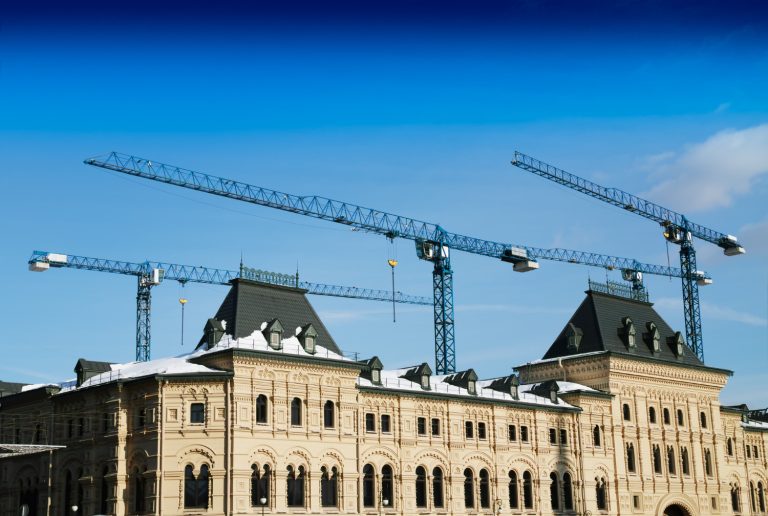
The European Union’s construction industry is facing a challenging period ahead, as high interest rates and soaring building costs have brought an end to its recent growth. A recent report by Dutch bank ING highlights the sector’s struggles and predicts a potential decline in the coming year. However, there are also signs of resilience and opportunities for the industry to adapt and thrive despite these challenges.
According to ING’s report, the EU construction sector experienced zero growth in 2023, primarily due to a better-than-expected first half of the year. Despite this temporary reprieve, the industry’s growth prospects remain uncertain, and the looming threat of decline is real.
One of the key reasons for this predicament is the reluctance of investors and homebuyers to commit further capital while grappling with high inflation and elevated interest rates coupled with low or negative economic growth.
The challenges faced by the construction sector extend beyond financing concerns. Suppliers of essential materials like cement, bricks, and concrete, which form the foundation of the construction value chain, have been grappling with sharp production declines. In June, these material suppliers recorded a significant 13% decrease in production compared to the same period last year. Countries such as Austria, Germany, and the Netherlands witnessed the highest declines, with production falling by 15% or more.
Looking ahead, ING predicts a 1% decline in EU construction for the upcoming year. This fall in new construction work is expected to be partially offset by an increase in repair and maintenance activities, which often become more prominent during economic slowdowns. Repair and maintenance work accounts for over half of the industry’s activity, highlighting its resilience during challenging economic times.
Another factor cushioning the effects of the slow economy on the construction industry is the continued vitality of infrastructure projects. These projects did not enter negative territory until August, providing a glimmer of hope. Many of these infrastructure initiatives are driven by public investments, the availability of EU funds, the necessity for upgrading infrastructure like roads and electrical grids, and the expansion of renewable energy generation.














